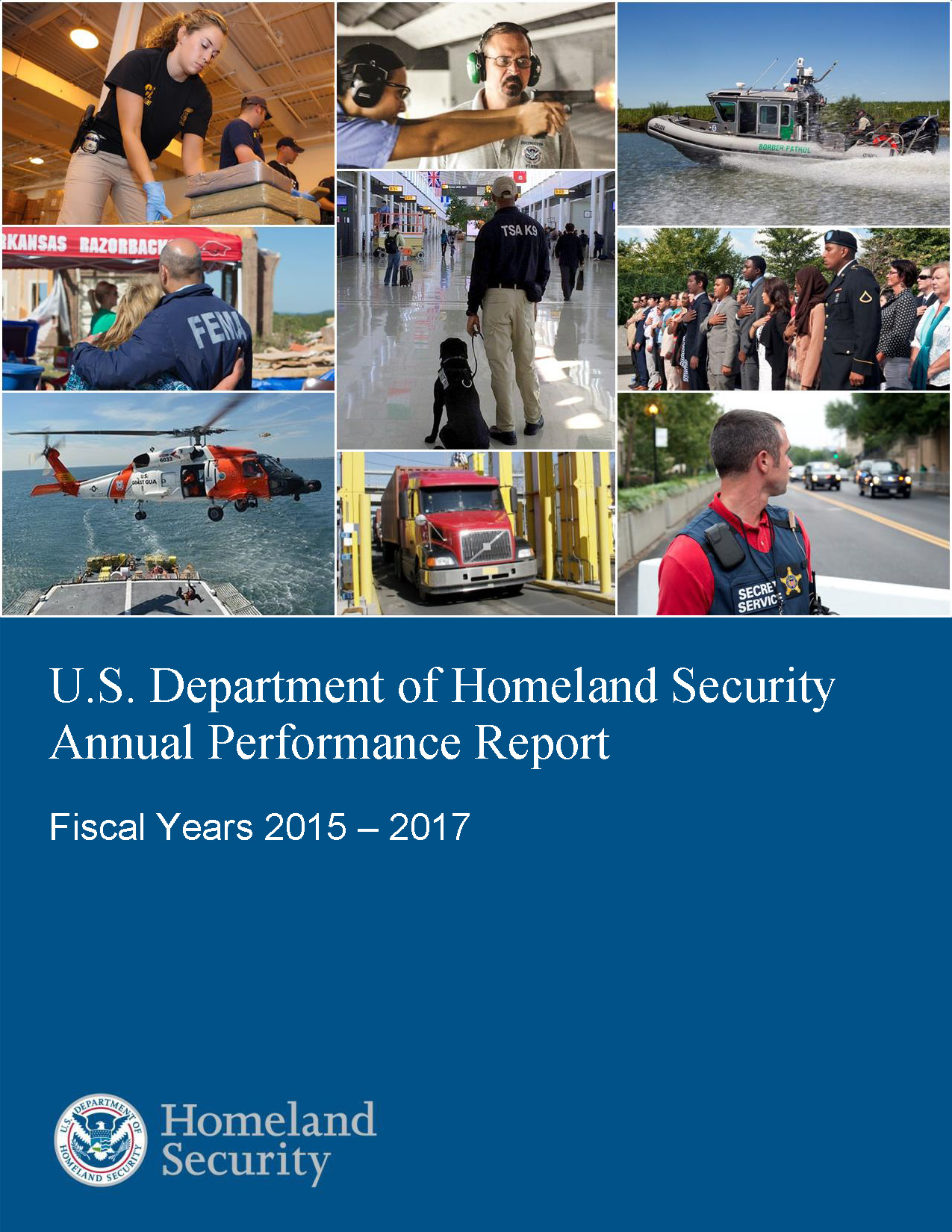- Home
- Agencies
- Department of Agriculture
- Department of Housing and Urban Development
- General Services Administration
- Department of Commerce
- Department of the Interior
- National Aeronautics and Space Administration
- Department of Defense
- Department of Justice
- National Science Foundation
- Department of Education
- Department of Labor
- Office of Personnel Management
- Department of Energy
- Department of State
- Small Business Administration
- Environmental Protection Agency
- Department of Transportation
- Social Security Administration
- Department of Health and Human Services
- Department of the Treasury
- U.S. Agency for International Development
- Department of Homeland Security
- Department of Veterans Affairs
- Goals
- Initiatives
- Programs
Primary tabs
Strategic Objective
Goal 2.3: Disrupt and Dismantle Transnational Criminal Organizations and Other Illicit Actors
Strategic Objective
Overview
Transnational criminal organizations are increasing in strength and capability. They rely on revenues generated through the sale of illegal drugs and counterfeit goods, human trafficking and smuggling, and other criminal activities. They are also gaining strength by taking advantage of the same innovations in management and supply chain structures that are propelling multinational corporations.
We will pursue the following strategies to disrupt and dismantle transnational criminal organizations and other illicit actors:
- Identify, investigate, disrupt, and dismantle TCOs by: 1) targeting illicit financing activities that transnational criminal organizations depend on, such as money laundering, and increasing outbound inspection to deter practices such as cash smuggling; and 2) creating a deterrent effect from injecting the greatest amount of uncertainty and concern into criminal decision making by swiftly shifting assets, presence, technology, and tools, further targeting and focusing interdiction activities, and emphasizing strategic communications that project the effectiveness of homeland security capabilities.
- Disrupt illicit actors, activities, and pathways by using intelligence to target and interdict illicit people and goods through a rapid response workforce as well as surveillance and enforcement assets to detect, identify, monitor, track, and interdict targets of interest, and board vessels.
Progress Update
The Department of Homeland Security (DHS) has determined that performance toward this goal is making satisfactory progress.
Introduction
Transnational criminal rely on revenues generated through the sale of illegal drugs and counterfeit goods, human trafficking and smuggling, and other criminal activities. They also gain strength by taking advantage of the same innovations in management and supply chain structures that are propelling multinational corporations.
DHS is making satisfactory progress in its strategies to disrupt and dismantle transnational criminal organizations and other illicit actors. Progress is made by targeting illicit financing activities that transnational criminal organizations depend on, creating a deterrent effect from injecting uncertainty into criminal decision making, and using intelligence to target and interdict people and illicit goods through a rapid response workforce, as well as surveillance and enforcement assets.
Major Achievements
Investigative work based on ICE’s Significant Case Report (SCR) process led to an increase of significant cases - including those focused on Transnational Criminals or Criminal Organizations (TCOs) - directly resulting in either a disruption or dismantlement. "Disruption" is defined as impeding the normal and effective operation of the targeted organization. "Dismantlement" is defined as destroying the organization's leadership, financial base, and network to the degree that the organization is incapable of operating and/or reconstituting itself.
Additionally, U.S. Coast Guard (USCG) continued to expand its international capabilities to counter TCOs by gaining approval to permanently assign USCG interdiction and prosecution experts to Panama, a country adjacent to active maritime smuggling routes.
Major Challenges & Opportunities for Improvement
With regard to opportunities, USCG’s Western Hemisphere Strategy provides a framework for addressing the greatest maritime threats and challenges for DHS in the Western Hemisphere over the next 10 years. The recent acquisition and deployment of new National Security Cutters has provided enhanced capability and reliability in the transit zones. The ongoing work to replace the Coast Guard’s aging fleet of Medium Endurance Cutters with more capable Offshore Patrol Cutter will further help compensate for the shift of naval assets from the this region to support the U. S. Navy’s pivot to the Pacific.
An opportunity exists to operationalize the Homeland Criminal Organization Target Priority Investigations, otherwise known as “HOMECORT.” Led by the Joint Task Force – Investigations and including representatives from U.S. Customs and Border Protection (CBP), USCG, and ICE, HOMECORT integrates DHS criminal investigations and investigative activities to enhance the Department’s efforts to suppress crime, illicit flow, surges, and hotspots; as well as improve law, order, and governance on the border and in the approaches.








